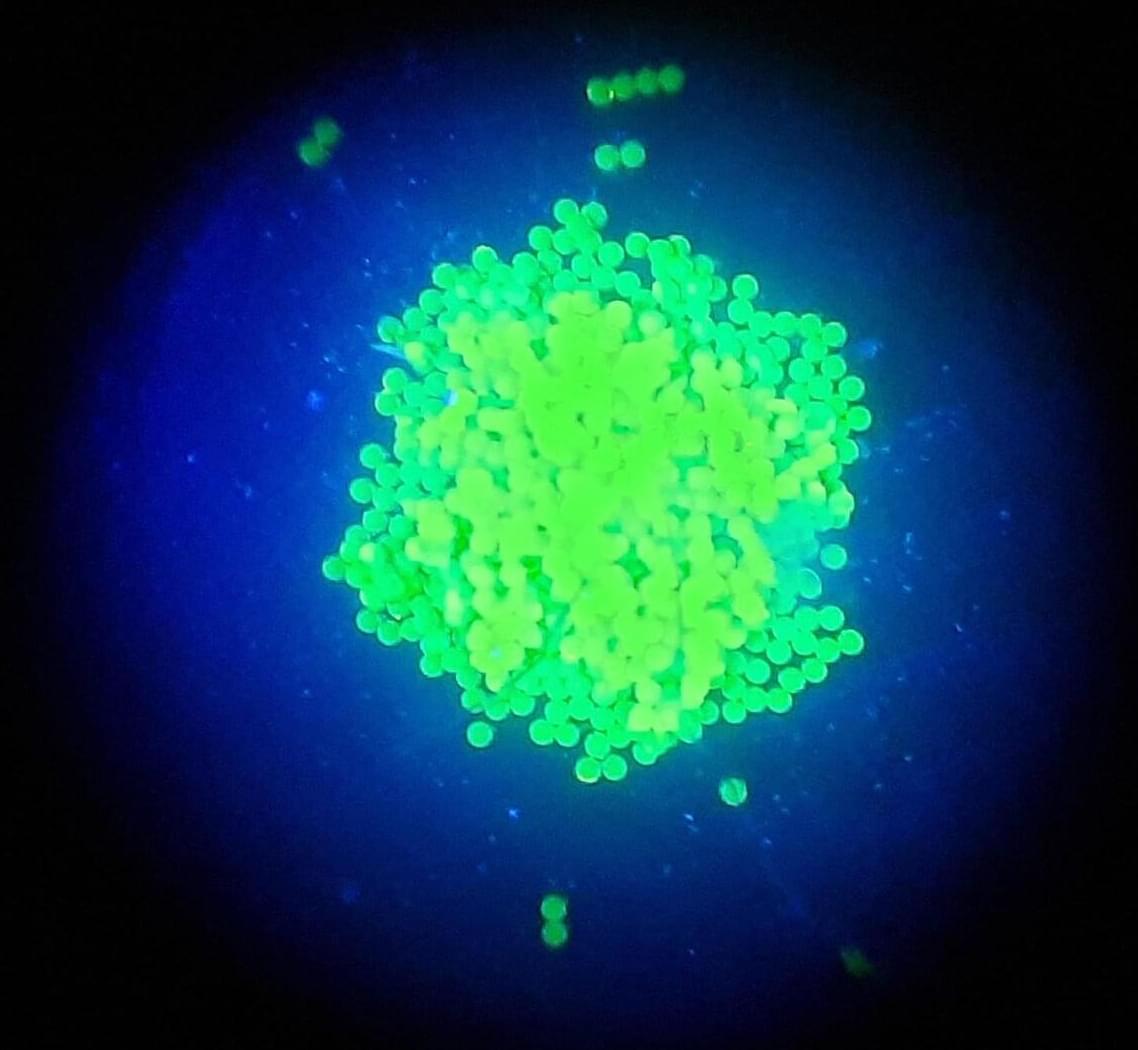Breakthrough allows researchers to create materials with tailored properties, unlocking unprecedented control over their optical and electronic properties.
Category: innovation
A new hope for diabetes patients: reprogrammed stem cells achieve insulin independence.
In a pioneering medical breakthrough, scientists in China have successfully reversed type 1 diabetes in a patient by reprogramming her own fat cells into insulin-producing pancreatic cells. This revolutionary approach offers a promising alternative to current diabetes treatments and could pave the way for a potential cure for millions of people affected by this chronic autoimmune disease. The patient involved in the study remains free from insulin injections more than a year after receiving the experimental treatment, highlighting the potential of stem cell therapy as a game-changer in diabetes care.
A step forward in the development of diamond CMOS integrated circuits. A research team at NIMS has developed the world’s first n-channel diamond MOSFET (metal-oxide-semiconductor field-effect transistor). This breakthrough marks a significant step toward realizing CMOS (complementary metal-oxide-se
Researchers have pulled off a quantum feat that defies traditional expectations—they’ve created Schrödinger cat states not from ultra-cold ground states, but from warm, thermally excited ones.
Using a superconducting qubit setup, the team demonstrated that quantum superpositions can exist even at higher temperatures, overturning the long-held belief that heat destroys quantum effects. This breakthrough not only validates Schrödinger’s original “hot cat” concept but also paves the way for more practical and accessible quantum technologies.
Schrödinger’s cat and hot quantum states.
Researchers have developed a powerful new way to measure ultrashort, high-energy laser pulses in a single shot, solving long-standing challenges in capturing their complex profiles.
This innovation is crucial as laser technology moves toward unprecedented energy levels and plasma-based optics.
Breakthrough in Measuring Laser Pulses.
Advances recognized by science’s most lucrative awards include Large Hadron Collider experiments and groundbreaking weight-loss treatments.
Laser-powered nuclear fusion is now a reality! Achieved in just 20 quadrillionths of a second, this breakthrough could revolutionize clean energy production.
An innovative method using superconducting sensors precisely measures the recoil energy of lithium-7 nuclei, setting a lower limit on the spatial extent of neutrino wavepackets, advancing understanding of neutrino properties and weak nuclear decays.
Take your personal data back with Incogni! Use my code INTECH at the link below and get 60% off an annual plan: http://incogni.com/intechTimestamps:00:00 — N…
Groundbreaking Technology Uses Acoustic Waves to Move Living Cells Without Contact This innovation could replace bulky lab equipment, revolutionizing drug discovery and enabling rapid, personalized treatment testing. Born from a student project levitating diamonds, the tech has evolved into a compa









